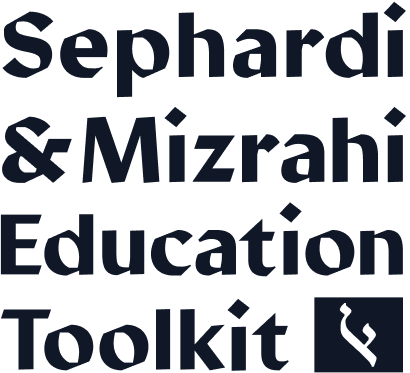
Learn about how teachers can make their classrooms more inclusive of students from different backgrounds.
Learn about how teachers can make their classrooms more inclusive of students from different backgrounds.
General Recommendations For All Classroom Teachers
Research demonstrates that if students feel seen and listened to in the classroom, they will perform better academically and behaviorally. Start each year with a focus on “who is in the room” and continue to build community through sharing circles, class discussions, and reflective activities. Develop a rapport with your students, and encourage them to speak openly and proudly about their cultural backgrounds and families.
Come to your class prepared with the content knowledge and skills to create a culturally inclusive learning environment. Use sources that represent the diversity of your classroom, and incorporate these resources on a regular basis. Place equivalent weight, attention, and value on all cultural histories and practices within the Jewish community. Plan educational field trips to community sites that demonstrate the diversity of your student body and of the Jewish community writ large. If you are unfamiliar with Sephardi or Mizrahi culture/heritage/texts/history, etc., be proactive and make an effort to learn this content. Seek out and take advantage of professional development opportunities that focus on Sephardi and Mizrahi heritage and/or inclusion. Specific content recommendations and resources can be found on this site. (See below.)
Use a Sephardi commentary in a parasha class, or focus on a tradition from an Arab country in a class on Jewish holidays. It is more meaningful to normalize Sephardi heritage as part of the Jewish story than to exoticize it only with a special “Mizrahi Heritage day.” For more specific content recommendations, see below.
Decorate your classroom with images that celebrate the cultural backgrounds of Jews from all over the world. Hang up portraits of rabbinic figures and historical heroes from Sephardi and Mizrahi lands. Include phrases or sayings in languages spoken by your students’ families other than English and/or Hebrew. Have siddurim available that align with students’ preferred liturgies. Stock your classroom library with biblical texts that include Sephardi and Mizrahi commentaries and halakhic texts that include Sephardi legal rulings.
See the links below for specific content recommendations and resources by discipline.

Halakhot, Minhagim and Tefila

Halakhot, Minhagim and Tefila

Israel

Israel
Jewish History
Jewish History
Holocaust
Holocaust

Arts and Music

Arts and Music
Literature
Literature

STEM








